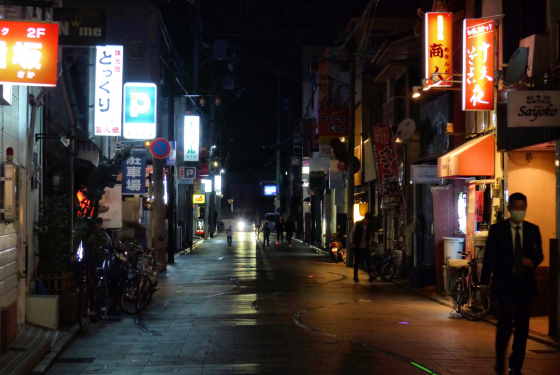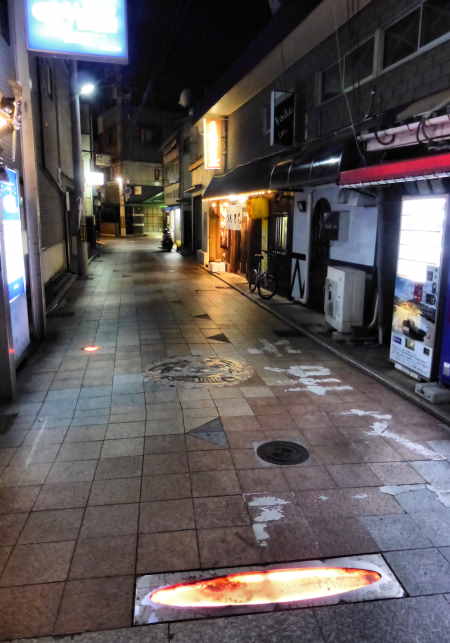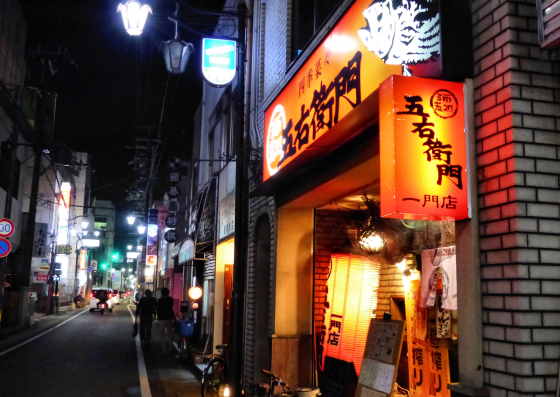Showing posts with label tanabe. Show all posts
Showing posts with label tanabe. Show all posts
Tuesday, October 24, 2023
Kozanji Temple Tanabe
Labels:
kobo daishi,
minakata kumagusu,
pagoda,
saigoku,
shotoku taishi,
tanabe,
temple,
ueshiba morihei,
wakayama
Sunday, August 20, 2023
Minakata Kumagusu Residence
In the previous post on the memorial museum, I wrote a little about him, but in this post I want to concentrate on the topic that made him famous, the shrine closure program of the government that began around 1910.
The shrine closure program only ran for a few years, and some areas resisted it quite strongly, but somewhere between 35 and 45 percent of all shrines throughout Japan were closed down. These were all local, nature-based deities that were moved, often quite some distance, to a "national" shrine.
Labels:
kumano kodo,
minakata kumagusu,
Museum,
saigoku,
tanabe
Sunday, June 18, 2023
Minakata Kumagusu Museum
I had never heard of Minakata Kumagusu, but since visiting I have come across him in various books and he has become more and more intriguing. He is often portrayed as a naturalist, and specifically an expert on slime mould, but he is also credited with being Japan's first environmentalist. Certainly he was a maverick and an eccentric.
When his daughter died she left a massive collection of notes and research materials to the town and they built this place as an archive of his materials, a museum about him, and as an ongoing research facility.
Next door is the house he lived in and it is also open to the public. When I post on that I will delve into the most intriguing aspect of Kuagusu, his fight against the shrine closure movement of the early 20th century which was his legacy which is why he is considered an environmentalist.
I visited at the start of the 5th day walking the Kumano Kodo as part of the Saigoku Pilgrimage. The previous post was on Tokei Shrine, part of the Kumano Kodo World Heritage sites and linked with the family of Benkei.
Labels:
Architecture,
kumano kodo,
minakata kumagusu,
Museum,
saigoku,
tanabe
Monday, May 30, 2022
Ajijoji Nightlife District Tanabe
Ajijoji Nightlife District
Usually located adjacent to the main train station in Japanese cities and towns can be found "nightlife districts", focused primarily on selling alcohol, food, and female entertainment, and "companionship".
Labels:
kumano kodo,
saigoku,
tanabe,
wakayama
Subscribe to:
Comments (Atom)














































